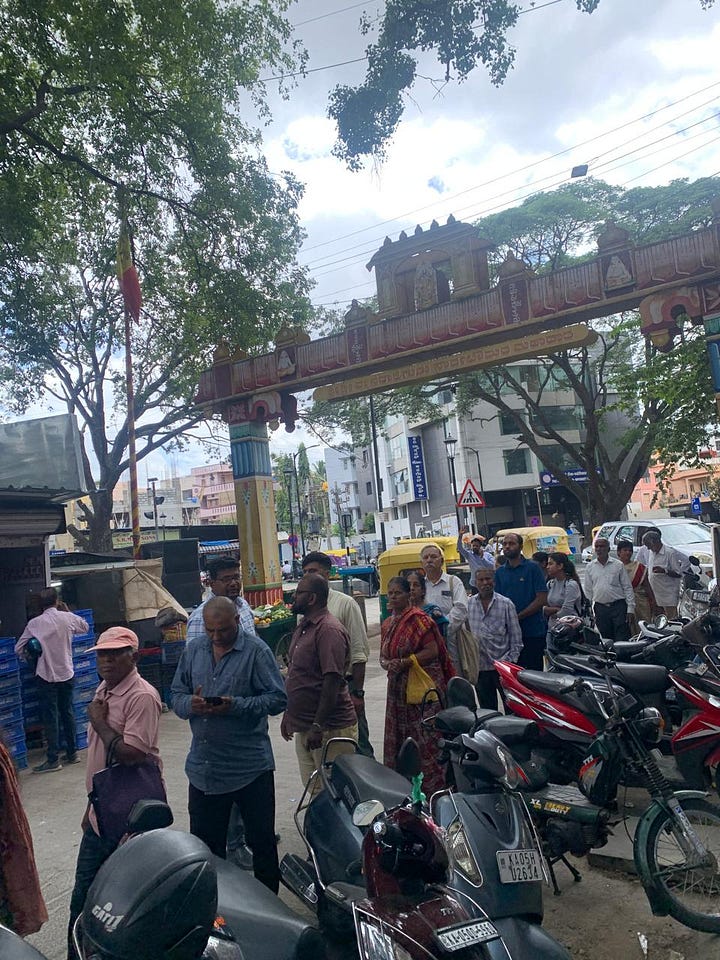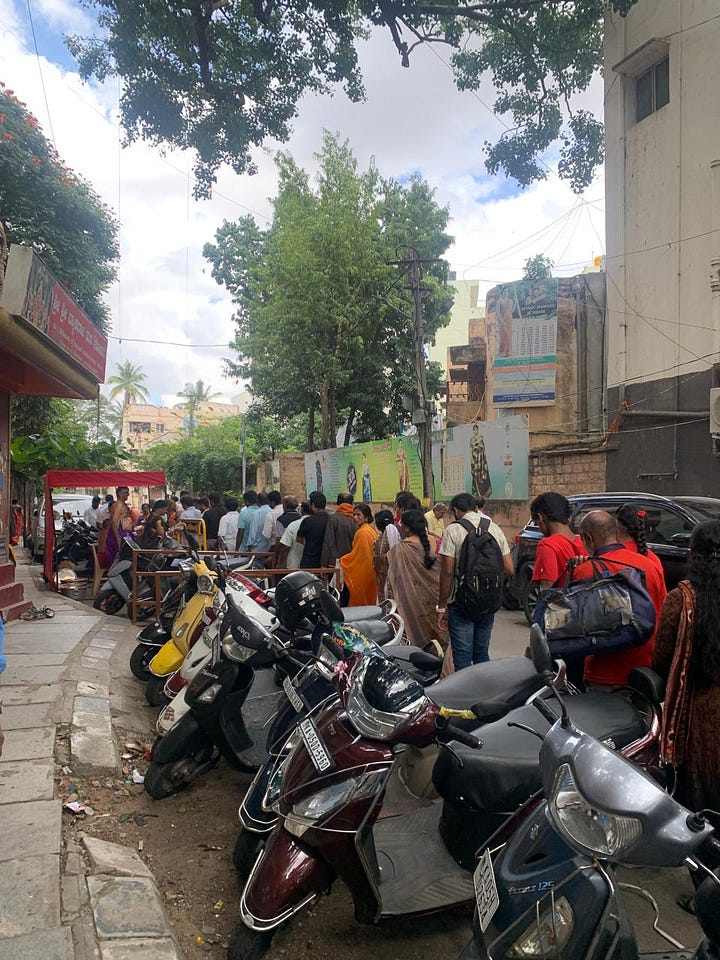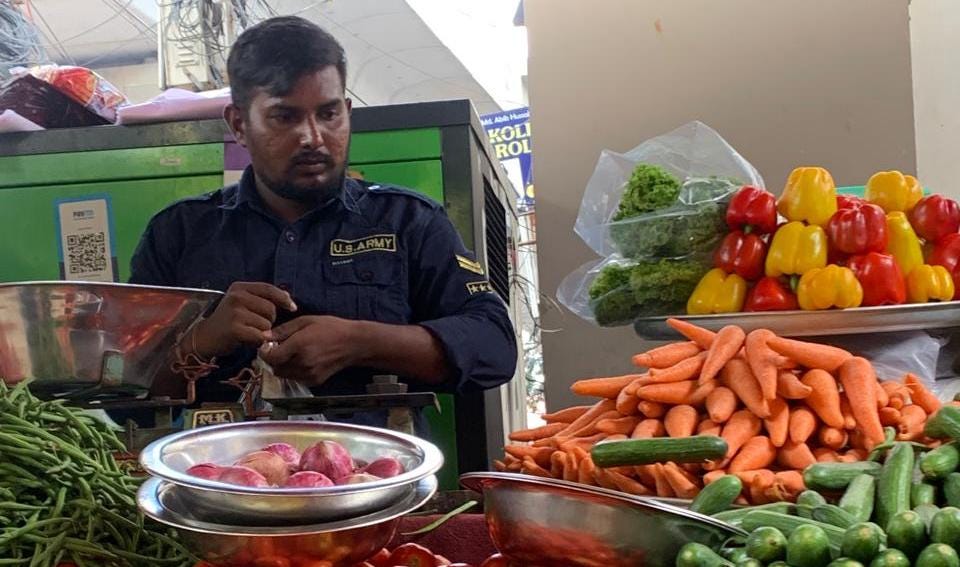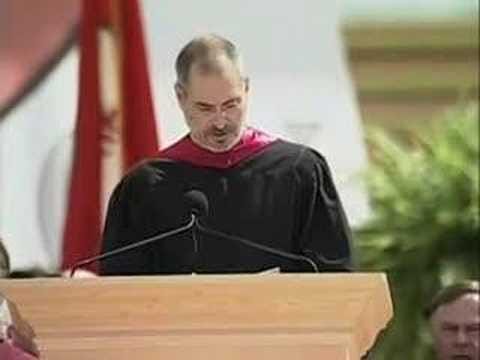
Welcome to all our new readers! I invite you to explore a world of original and ancient stories from India, retold in modern ways, offering insights into its culture, travel, and contemporary life.
Check out the extensive catalog of 130 articles! Discover why readers are saying:
Gandhi’s birthday on October 2 is celebrated as a national holiday known as ‘Gandhi Jayanti.’
The term "Jayanti" in Sanskrit means "one who is victorious," but it can also denote the birth anniversary or the honoring of someone’s legacy.
Many famous figures, both ancient and modern, have their birthdays celebrated as Jayantis.
For instance, Valmiki, the author of the celebrated story of Rama, also has his birthday marked as ‘Valmiki Jayanti.’ based on the lunar calendar (this year it fell on October 17).
While Gandhi Jayanti is a national holiday, Valmiki Jayanti is primarily observed by government bodies.
Statues of Gandhi can be found throughout India, despite the fact that he personally abhorred the practice.
When he learned that some citizens proposed erecting a statue of him, he vented in his magazine: “It will be a waste of good money to spend ₹25,000 on erecting a clay or metallic statue of the figure of a man who is himself made of clay…”
Many neighborhoods, communities, and governments continue to install statues honoring their chosen heroes, and leaders, in every nook, village, and open land they can find.
Now, there is even competition to see who can build the tallest statues, perhaps in hopes they can be visible from space, for when more humans do spacewalks above their countries.
For instance, the recently unveiled tallest statue cost $422 million1 and took nearly five years to build.
Let’s examine what this expenditure means for a country like India:
With the $422 million, India could potentially:
Feed ~2.3 million people for a year, assuming an average cost of $0.50 per day for basic meals.
Build between 14,000 to 28,000 schools at a cost of $15,000-$30,000 each in underserved regions, providing access to education for millions of children.
Equip 28,000 to 42,000 classrooms with digital learning tools (such as tablets, screens, and internet access) at a cost of $10,000 to $15,000 per classroom.
Train between 168,000 to 281,000 teachers at an average cost of $1,500 to $2,500 per teacher.
Pay 84,000 teachers an annual salary of $5,000, significantly improving the quality of education and reducing the teacher-student ratio.
Offer 422,000 scholarships worth $1,000 each, which could cover most tuition fees for students in Indian universities, enabling underprivileged students to pursue higher education.
This ‘tallest statue in the world’ honors the first Home Minister of free India, who also shared Gandhi’s view on statues.
He dismissed their usefulness and, in a 1948 article, stated that the best way to remember people—especially Gandhi—was to 'follow his ideals and carry forward his creative public service,' emphasizing the need to 'keep him alive in the temple of our hearts.'
Unfortunately, his plea to 'stop thinking of building such memorials' fell on deaf ears then and continues to do so today.
This is the paradox of India!
Glimpses of Daily Life
In other notes, I’m sharing some visual glimpses of daily life in this month of festivities.
Here’s a billboard advertising ongoing festive sales for a dining table set at a major city crossroads:
I spotted a local vegetable vendor sporting a shirt randomly labeled “U.S. Army” and displaying at least three stars on the left arm.
These types of shirts, jeans, and T-shirts adorned with random English words and names of Western brands are sold on the streets and in shops at low prices, making them attractive to many workers.
The vegetables at his local stall are fresh! Read my visit to the market!
In many cities now, there’s a rising trend of people ferrying dressed-up animals - from cows to camels - roaming the streets and offering rides (on camels and horses) or simply seeking donations.
I spotted two camels today, far from their familiar Western desert regions, wading through traffic. We sped by too quickly for a photo, but stay tuned!
This is often an economic indicator, reflecting the flow of unemployed migrants from villages to urban areas in search of a living.
Many of these itinerant families beg at traffic lights or sell random items, like flowers and toys, often imported from China.
Finally, here are snapshots of a common sight in many cities: people lined up outside a temple that serves hot meals for free every Thursday and Saturday.
To understand this practice more deeply, read my story on why Steve Jobs ate for free at a Denver temple.


p.s. If you value my work and would like to support it, please consider upgrading or contributing to my Kindness Jar! Your generosity helps keep these stories alive and accessible. Thank you for your support!
Assumed $1 = ₹70-71 as an average of exchange rates in 2018. At today’s rate, with the rupee sliding to ₹83 per USD, the amount would be closer to $365 million.










I quite enjoyed the read, as usual.
However I do beg to differ concerning the 'waste' of money on monuments. Yes the over four million dollars spent on the Statue of Unity, of Vallabhbhai Patel could have been spent on free food, teaching teachers, whatever. However most of that money ended up in pockets of Indians in return for an honest day's work one way or another. Yes the bronze cladding was cast in China as no foundry in India could handle the job. However most of the money stayed in India; Indian sculptor, design engineers. construction firm and over 3000 workers building it. The money earned feeding, housing clothing their families, much going from them in to the pockets of vegetable vendors such as you note above and other local businesses. I dare say Jayshree, if we could trace that money earned and spent building that Statue Of Unity, in India from 2018 we'd find some of those coins in your pockets today. ;-)
Charity, teachers, etc., I'm all for such. However I differ as I note above on monies spent on monuments, cathedrals, temples, Rockets to space, Mickey Mouse statues, etc. The money is not wasted, lost, locked up in, cast in the statues, monuments and buildings or earth's orbit. It's in the pockets of the workers and spread throughout the society.
Yes perhaps that money could have been spent to feed 2.3 million people for a year, assuming an average cost of $0.50 per day for basic meals, but it's highly unlikely that it would have been. However as it's changed hands over the years since I suspect it's fed far more folks for far more than an year.
I hope you understand I'm not faulting your take Jayshree, just noting that mine, looking at things from a free market viewpoint, differs.